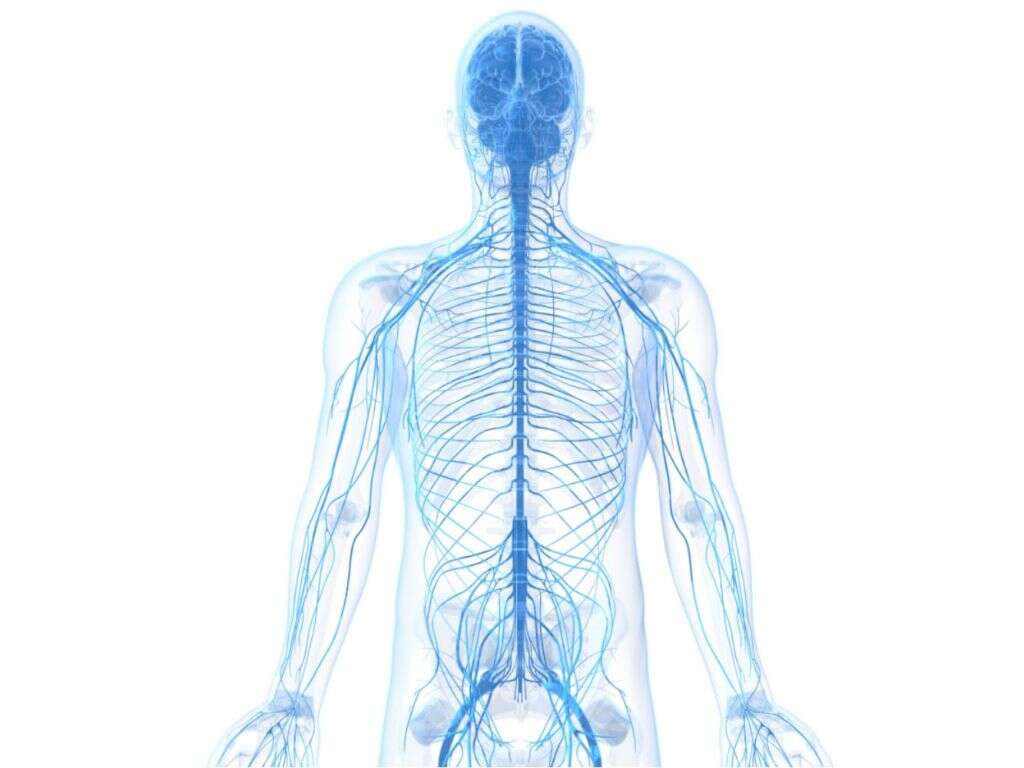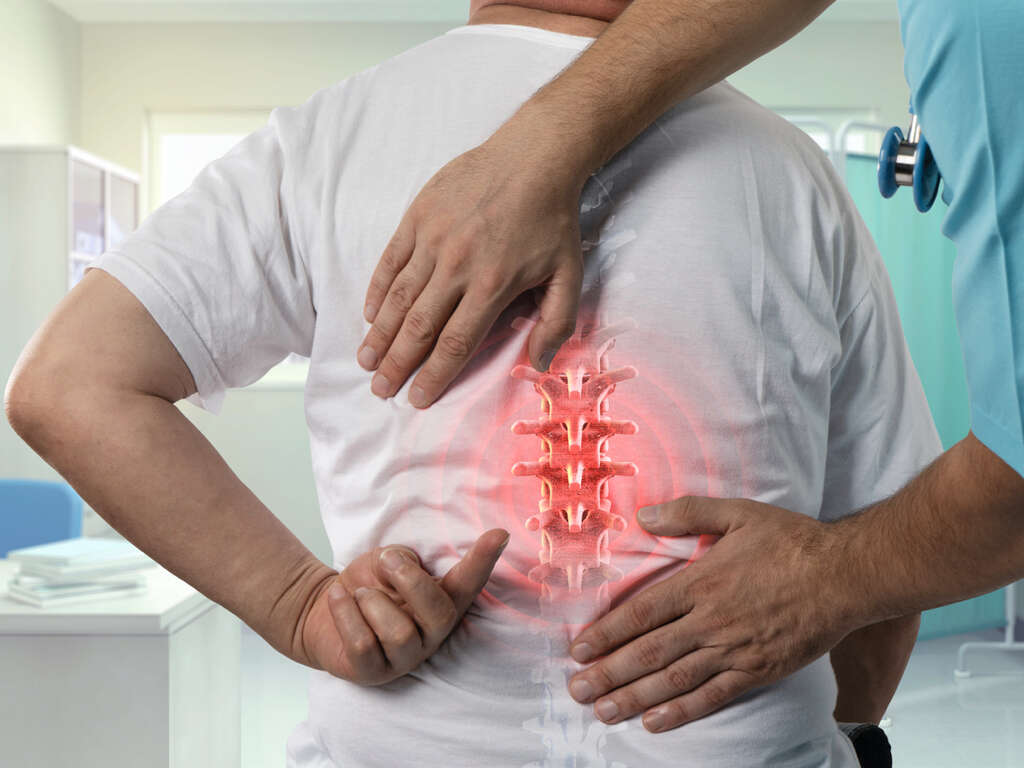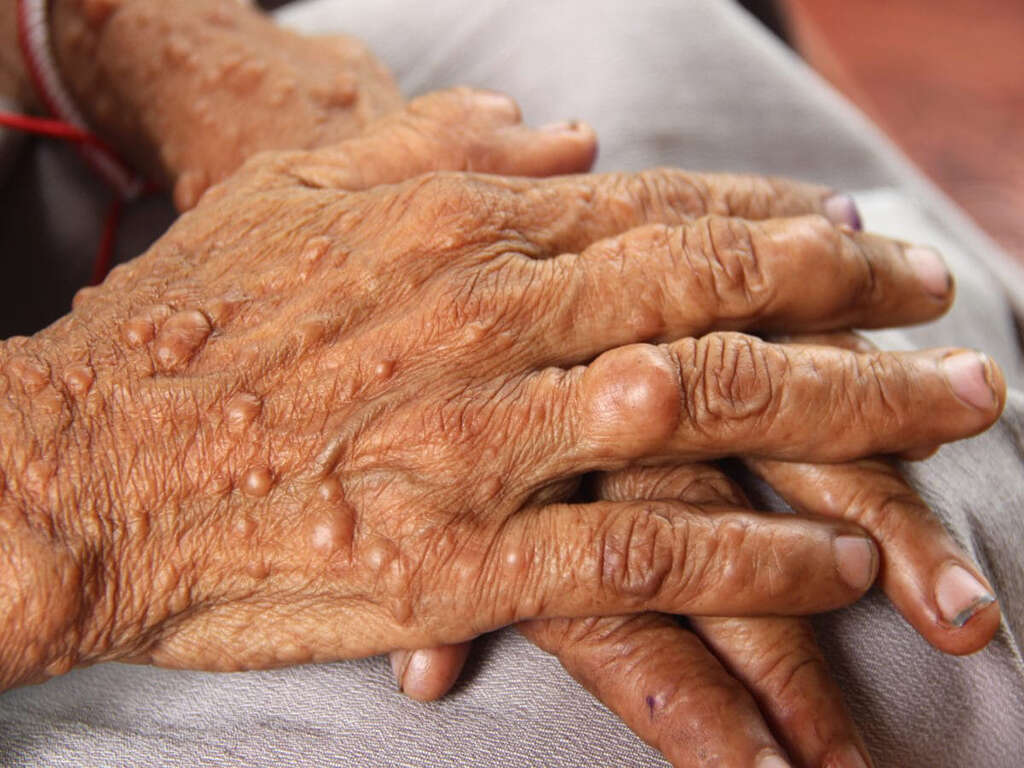10 Dysautonomia Symptoms
Dysautonomia is a condition that affects the autonomic nervous system (ANS), a part of our peripheral nervous system. The ANS regulates the involuntary functions of many of our internal organs, such as the heart rate, respiratory rate, digestion, urination, pupillary response, and sexual arousal. This system has two branches: the sympathetic nervous system (SANS), which is in charge of the fight or flight response (among other things), and the parasympathetic nervous system (PANS), which controls the opposite bodily responses. For instance, imagine that your life is threatened by a wild animal: You should run, right? As a response, the SANS is going to prevail over the PANS to increase your heart rate and respiratory rate (among other changes). It does this, to redirect oxygenated blood to your muscles for the purpose of running or fighting, if necessary. Now, imagine that there is a dysfunction in these systems, and your heartbeat increases while you are watching TV or merely when you stand up. Simply put, this is an example of what patients with dysautonomia can experience.
There are many types of dysautonomias, but they all share a common issue: inadequate functioning of the ANS. Dysautonomias consist of a failure of the components of the autonomic nervous system or an exacerbation of their functions (overactive ANS). Furthermore, some arise as primary disorders (not associated with or caused by a previous disease), while others are secondary to certain diseases. Finally, symptoms of dysautonomias can be localized or generalized, and they can be acute or chronic.
Some examples of primary dysautonomias include neurocardiogenic syncope (NCS), postural orthostatic tachycardia syndrome (POTS), familial dysautonomia (FD), Multiple system atrophy (MSA), and Pure autonomic failure. Some causes of secondary dysautonomias include diabetes, alcoholism, and Parkinson’s disease. In this article, you will find some of the most common symptoms of dysautonomias.

Symptom #1: Palpitations
When at rest, the heart beats at a rate proportional to the body’s demand for blood supply. This is referred to as the basal heart rate. When there is increased demand for oxygen and nutrients, for example, due to exertion or postural changes, the body responds appropriately to meet the increased demand. There is, therefore, a steady, well-coordinated adjustment in the functioning of the heart and the blood vessel tone when the autonomic nervous system is working properly.
When the ability to regulate the heart rate or blood pressure accordingly is compromised, as, in dysautonomia, fast or slow heart rates may occur. This can compromise the ability of the body to supply enough blood to all its tissues and organs. As a consequence of an increased heart rate, the patient may experience heart palpitations: the sensation of an uncomfortable racing heartbeat or a “flopping” in the chest.
In a common type of primary dysautonomia, known as postural orthostatic tachycardia syndrome (POTS), signs and symptoms, including tachycardia and palpitations, usually develop when the patient stands up from a reclining position.
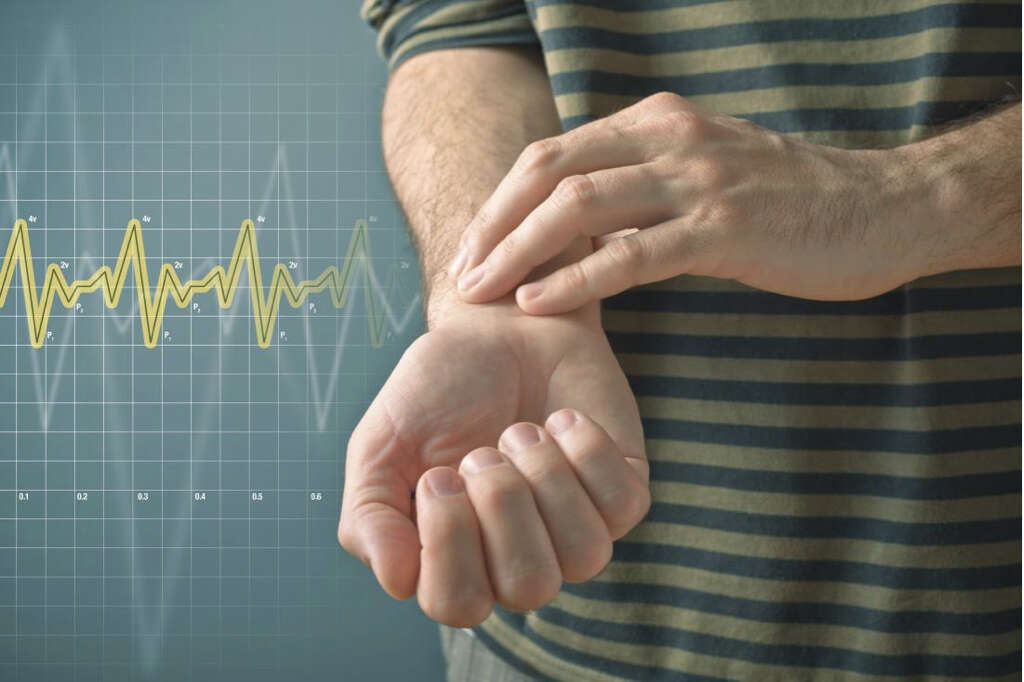
Symptom #2: Dizziness
The autonomic nervous system controls blood pressure, heart rate, and cardiac output through a series of complex mechanisms. It works to ensure that all organs are well supplied with blood for nutrient and oxygen delivery as well as the removal of metabolic waste.
As previously established, in dysautonomia there is a dysfunction of the ANS, which can affect the blood supply to the brain. As a result, dizziness or lightheadedness can ensue. In a common type of primary dysautonomia, known as postural orthostatic tachycardia syndrome (POTS), this symptom can occur when standing up, with prolonged standing in one position, or on long walks.

Symptom #3: Fatigue
The sensation of tiredness, even when well-rested, can be part of the symptoms of dysautonomia. The mechanism of fatigue in many types of dysautonomia is not well understood; however, it may have different causes including that the body has to work harder to move its blood (i.e. POTS).
In short, the alterations in the ANS can lead to an inefficient flow of blood, which can affect the energy-generating functions of the body.

Symptom #4: Diarrhea or Constipation
The autonomic nervous system controls many involuntary bodily functions, including bowel movements (peristalsis) and certain aspects of digestion. Peristalsis refers to the wave-like muscle contractions in our digestive system that move ingested food along the gastrointestinal tract.
The dysfunction of this autonomic control, therefore, interferes with the process of digestion, absorption of nutrients, and removal of waste. Decreased bowel movements lead to constipation due to excess reabsorption of water from the bowel contents. On the other hand, erratic and increased contractions of the muscles of the intestines and sphincter relaxation can cause diarrhea.

Symptom #5: Cold Feet or Hands
Patients with dysautonomia can experience either low or high blood pressure due to a dysfunction in the ANS. Luckily, the body has a mechanism of prioritizing blood supply to critical organs when there is low blood pressure.
Thus, most of the blood is shunted to the brain, heart, lungs, etc., while the extremities receive poor blood supply. This can cause discoloration and a cold sensation in hands and feet in patients with dysautonomia.

Symptom #6: Swings in body temperature
Body temperature is partly controlled by the autonomic nervous system. When we find ourselves in a hot environment, the ANS regulates the blood flow to our skin by changing the tone of the blood vessels that supply it so they can dilate and produce a cooling effect to lower body temperature. The opposite happens in a cold environment (vasoconstriction). Also, it regulates the excretion of sweat which also plays an important role in thermoregulation.
In patients that suffer from dysautonomias, the ability of the ANS to regulate body temperature can be compromised. Thus, patients with this condition can experience swings in body temperature: either increases or decreases in core temperature.

Symptom #7: Brain Fog
Dysautonomia can present with feelings of disorientation, as well as decreased ability to focus or learn (brain fog). Additionally, affected people can have difficulties with memory (forgetfulness) and other higher brain functions, which can lead to frustrations.
One of the causes of these mental symptoms is the impaired blood supply to the brain. Also, some of the chemical substances involved in the functioning of the autonomic nervous system are critical in promoting these functions.

Symptom #8: Fainting
Although this is a nonspecific symptom that is also common with many other disease conditions, fainting can be one of the manifestations of dysautonomia. In the case of dysautonomia, fainting occurs when there is inadequate blood supply to the brain. It can be preceded by lightheadedness and confusion.
For instance, in patients that suffer from POTS or NCS, a change in position from sitting or lying down to standing up can trigger this symptom. The change in posture requires a normal response from the ANS to make sure that the blood supply to the brain is maintained. In dysautonomias, the heart rate and vascular tone have trouble coordinating to keep a stable blood pressure that ensures the brain’s blood supply.

Symptom #9: Blurry vision
Blurry vision refers to the loss of sharpness of our eyesight. People with blurry vision can perceive objects as appearing out of focus or hazy. Apart from dysautonomia, there are many other causes of acute blurry vision.
The ANS regulates pupil diameter and the accommodation of the ocular lens through the control of intrinsic muscles of the eye. Patients with dysautonomia can experience blurry vision due to ANS dysfunction.
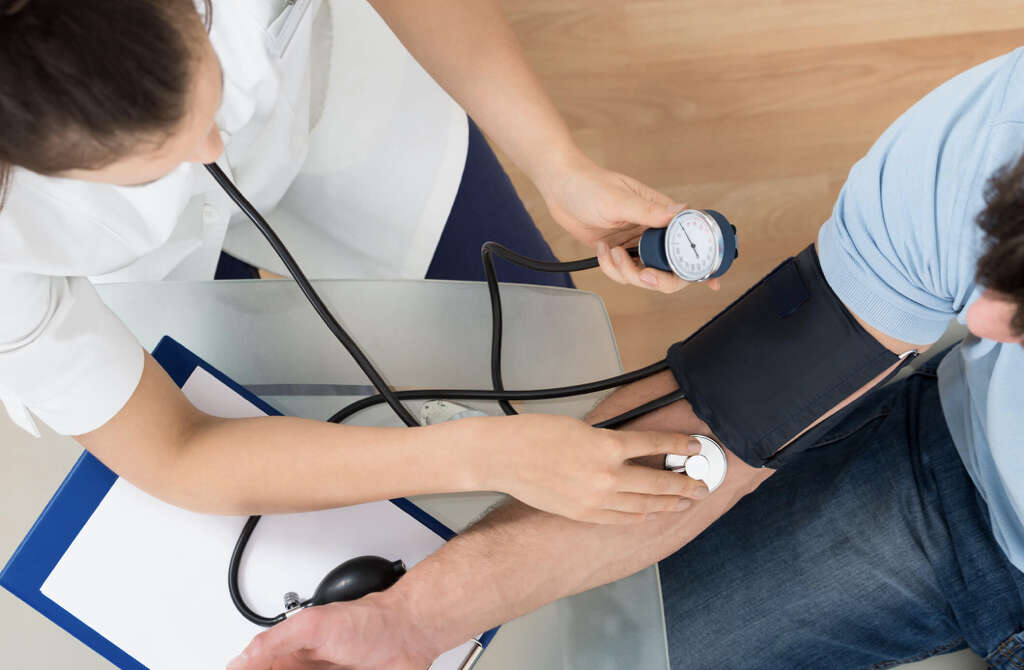
Symptom #10: Exercise intolerance
Patients with dysautonomia can experience exercise intolerance or a worsening of their general symptoms after increasing their activity level. For instance, patients with Postural Orthostatic Tachycardia Syndrome (POTS) experience an excessive increase in heart rate during acute exercise. Partly, this tachycardia can be explained by a reduced stroke volume or the volume of blood ejected per beat by the left ventricle of the heart.
Although most dysautonomias don’t have a definitive cure, there are available treatments to help improve certain symptoms. For instance, some studies have shown that effective therapy for exercise intolerance can be endurance exercise training.




